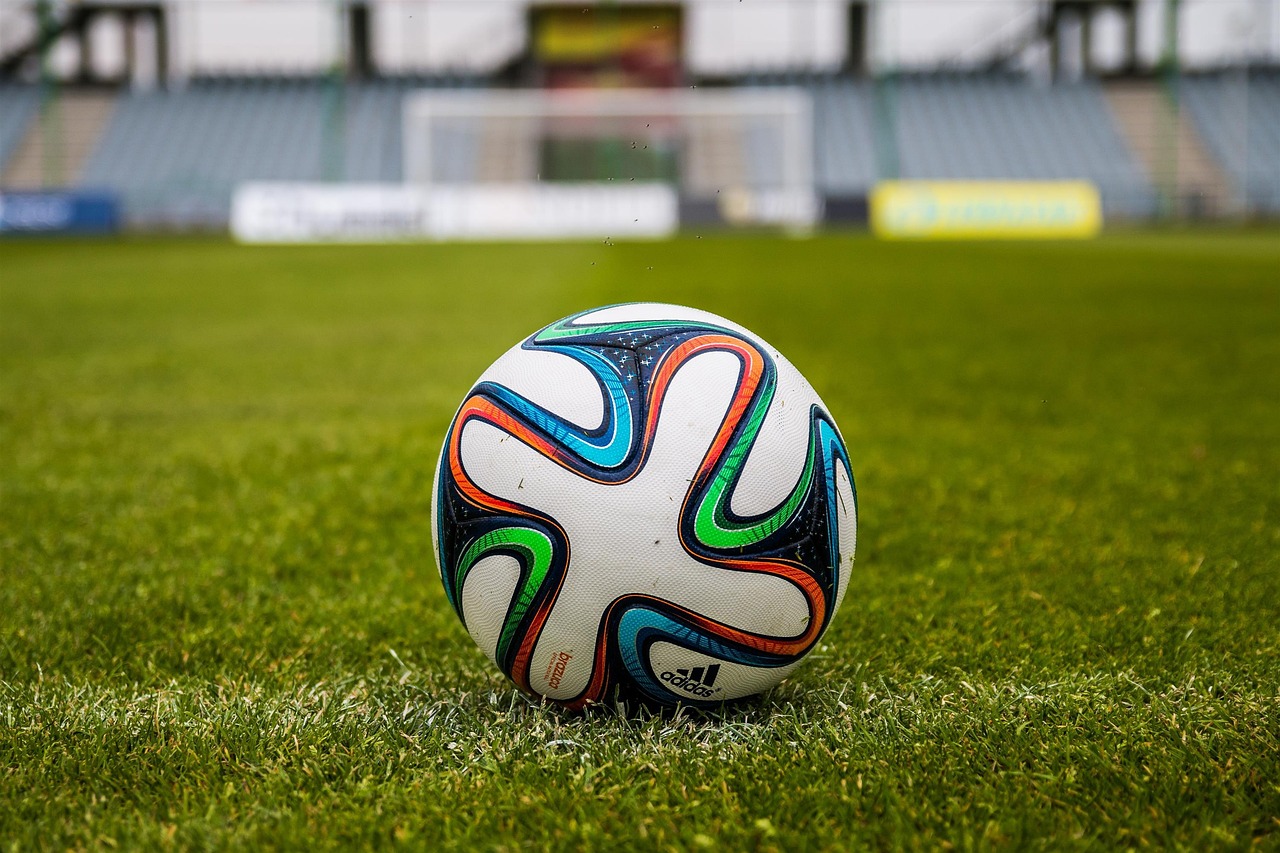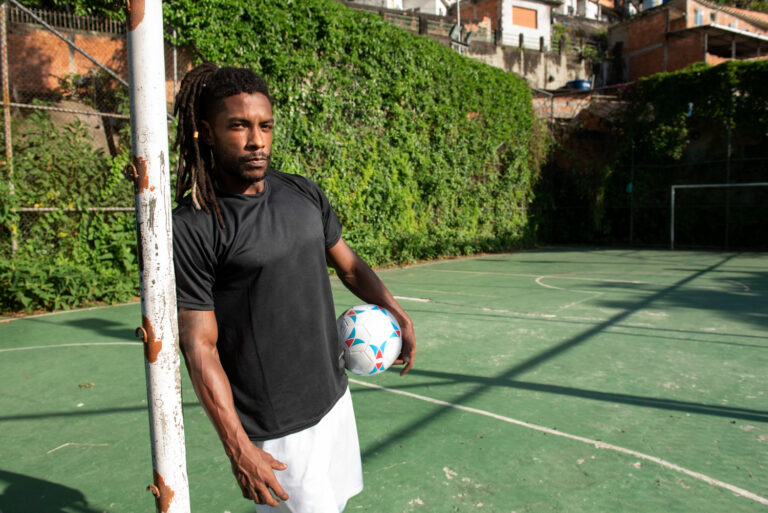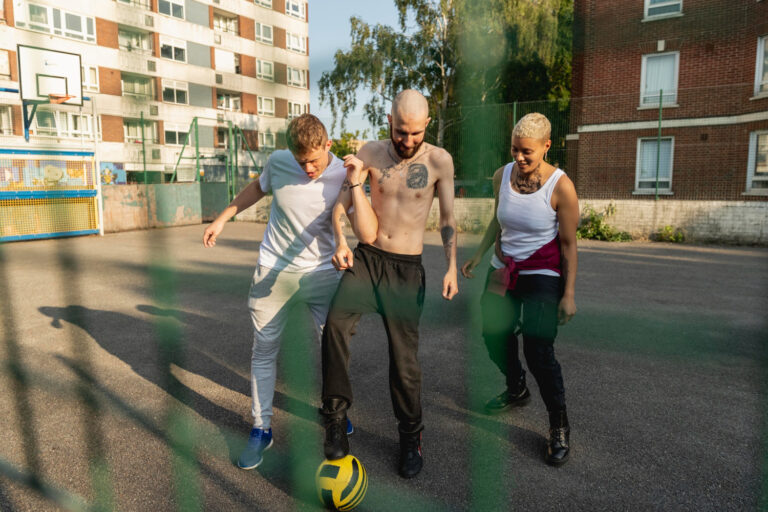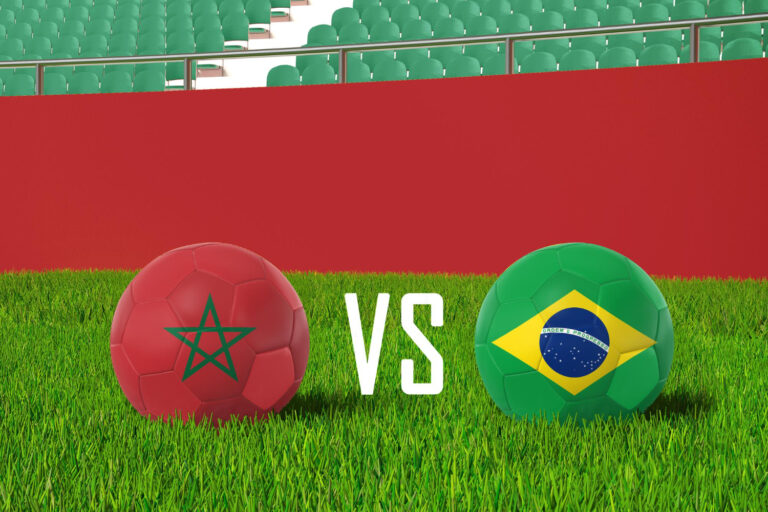Football in Conflict Zones: Stories of Hope
War, displacement, and destruction are often seen as the defining images of conflict zones. Yet, amid the rubble and the trauma, something unexpected often persists, football. Whether it’s a torn-up ball made of plastic bags being kicked around a refugee camp or an organized league played in a war-torn city, the game continues. In some of the world’s darkest corners, football not only survives, but thrives as a symbol of hope, unity, and resilience.
This is not the football of multimillion-dollar transfers and gleaming stadiums. This is football played on gravel pitches, under curfews, in places where survival is a daily challenge. It is here that the sport reveals its most human side.
A Universal Language in a Divided World
In conflict zones, words often divide. Flags, uniforms, even music can be polarizing. But football speaks a language that transcends dialects, sects, and histories. In Syria, for example, young boys from opposing sectarian backgrounds have continued to play together in displaced communities, even when their parents won’t speak to each other. In Afghanistan, where the country has endured decades of war, football has become a rare public forum where ethnic divides, Pashtun, Tajik, Hazara, Uzbek, briefly fade.
For many children in warzones, football is the first normal thing they experience after displacement. It becomes a tether to childhood. In a refugee camp in Lebanon housing Syrian refugees, a coach named Maher uses the game not just to teach football, but to teach conflict resolution. “On the pitch,” he says, “they don’t see each other as Shia or Sunni, Syrian or Lebanese, they just see teammates.”
Football Under Fire: Gaza, Ukraine, and Beyond
Nowhere is the persistence of football more remarkable than in active war zones. In Gaza, where Israeli airstrikes and economic blockades have ravaged infrastructure, organized youth leagues continue. Makeshift pitches marked by rocks, rusted goalposts, and bullet-ridden walls become arenas of defiance. Children lace up boots donated by international NGOs or wear sandals wrapped in tape. The desire to play, to escape even for 90 minutes, is irrepressible.
In Ukraine, since the full-scale Russian invasion in 2022, football has become a strange blend of defiance and therapy. Some local leagues paused, others adapted. Clubs in cities like Kharkiv and Mariupol saw stadiums destroyed, players enlisted, and training grounds turned into shelters. Yet, football matches are still organized in western cities and safer areas. They serve as both distraction and rallying cry. One football coach in Lviv said, “It’s not just a game now, it’s proof we’re still standing.”
Even in Yemen, where war has brought famine and unimaginable suffering, street football remains one of the few sources of joy. Boys play barefoot on scorched sand under the watchful eyes of drones, while nearby parents queue for food rations. The matches are short and often interrupted by air raid sirens, but they happen. Again and again.
Women Defying More Than Bullets
While men’s football gets more visibility, in conflict zones, the rise of women’s football is perhaps even more significant. These are not just athletes, they are activists.
In Afghanistan, before the Taliban’s return in 2021, the women’s national team was growing in both popularity and skill. After the Taliban banned women from playing sports, many of the team’s players fled abroad, forming an exiled national team now based in Australia. But even within Afghanistan, secret games continue. Girls play behind closed walls, in backyards, on rooftops, risking their safety for a game that empowers them.
Similarly, in the Democratic Republic of Congo, where sexual violence has been used as a weapon of war, women’s football clubs have sprung up in conflict-affected provinces. These clubs do more than offer sport, they serve as support networks for survivors of trauma. The act of playing is both healing and radical.
Football as a Vehicle for Reintegration
Football’s influence extends beyond the pitch. In countries trying to recover from civil wars or genocides, the game has been used to reintegrate former child soldiers, build bridges between rival communities, and offer pathways out of violence.
In Sierra Leone, where civil war left deep scars, the Freetown-based “Craig Bellamy Foundation” once ran a football academy that enrolled both war orphans and former combatants. They lived, studied, and played together, breaking down years of mistrust.
In Colombia, post-peace-deal efforts have included football programs to reintegrate ex-FARC fighters into civil society. Matches are organized between communities and former guerrillas. At first, there’s tension. But by the second half, teammates forget old affiliations. One ex-combatant said, “When I scored my first goal with a police officer on my team, I knew something had changed.”
Football doesn’t erase history, but it softens it. It gives people a reason to shake hands, to pass the ball, to cheer together.
Football in Refugee Camps
Displacement is perhaps the most visible consequence of modern conflicts. In places like the Rohingya camps in Bangladesh, the Kakuma camp in Kenya, or Zaatari camp in Jordan, football has become the center of community life.
In Zaatari, home to around 80,000 Syrian refugees, the sprawling refugee camp even has its own league. Organizers have built proper pitches, donated kits, and set up teams for both boys and girls. The league is competitive, with scouts from international NGOs and football federations occasionally visiting. But more than that, it gives teenagers a purpose.
The daily schedule of training, matches, and community events creates structure in lives disrupted by war. It also gives families a brief escape from their grief. A mother watching her son play in Zaatari once told a journalist, “For this hour, we forget we are refugees.”
Risks and Sacrifices
It’s important to recognize that football in conflict zones isn’t always romantic. There are real risks involved. In some areas, players have been injured, or killed, while playing. In Syria, there are stories of matches interrupted by shelling. In Myanmar, players have been detained for gathering during political unrest. In Sudan, the civil conflict has disrupted domestic leagues entirely, with many players now in exile.
But the continued willingness to play in spite of this speaks volumes about football’s power. It is not simply entertainment, it is resistance. It is a refusal to surrender identity, joy, and community to the forces of violence.
NGOs and Global Support
International organizations have recognized football’s role in peace-building. FIFA, UEFA, and countless NGOs have set up programs in conflict areas, providing equipment, training coaches, and funding local leagues. Initiatives like “Football for Peace,” “Streetfootballworld,” and “Right To Play” have worked in dozens of countries, from Iraq to Palestine to South Sudan.
However, critics point out that some of these programs are short-term or PR-driven. What’s needed, they argue, is sustained investment in grassroots football, local leadership, and the integration of sport into broader educational and mental health efforts.
Football in the Aftermath of War
In post-conflict societies, football can help rebuild. In Rwanda, football was used as part of reconciliation efforts following the 1994 genocide. Mixed-ethnicity teams were formed, and tournaments held to promote unity. The national team, “Amavubi” (The Wasps), became a symbol of the new Rwanda, diverse, hopeful, forward-looking.
In the Balkans, where the scars of war and ethnic divisions still run deep, joint tournaments between Serbian, Bosnian, and Croatian youth teams have helped chip away at prejudices. Often, these events include conflict resolution workshops, but the real breakthroughs happen during matches, when players high-five, joke, and argue about offside calls like kids anywhere else in the world.
In Liberia, George Weah, former Ballon d’Or winner and now president, epitomizes football’s transformative power. As a player, he was a symbol of pride in a fractured nation. As a leader, he uses football metaphors in policy speeches, urging citizens to “play as a team.”
The Emotional Currency of the Game
Ultimately, football’s power in conflict zones lies in its emotional currency. It offers identity to the displaced. It offers routine to the chaotic. It offers laughter where there is grief.
For a child who’s lost home and family, a football match can be the first time they feel seen again, not as a victim, but as a striker, a midfielder, a goalkeeper. For a city flattened by bombs, a match is the sound of life returning. For a divided village, it can be the first handshake between enemies.
Conclusion: The Ball Keeps Rolling
Football in conflict zones is not a miracle cure. It does not rebuild homes, stop bullets, or rewrite peace deals. But it does something almost as vital, it sustains humanity.
In the world’s most brutal environments, football continues to tell a different story: one of resistance, of shared joy, of possibility. It reminds us that even when borders close and guns roar, a ball will still roll down a dusty street. And somewhere, someone will run after it, chasing hope.







